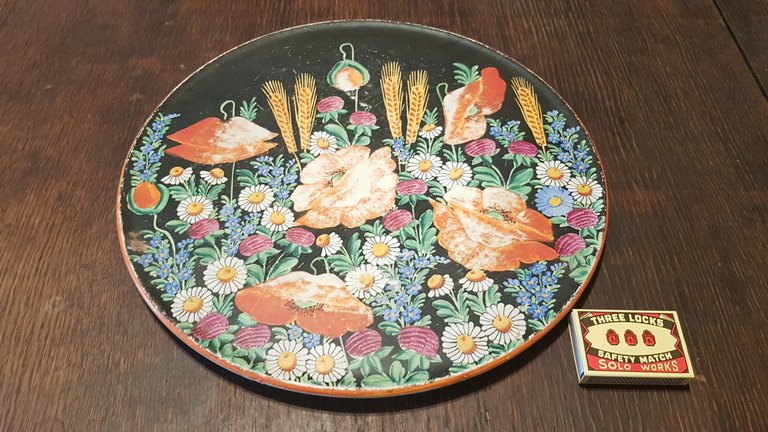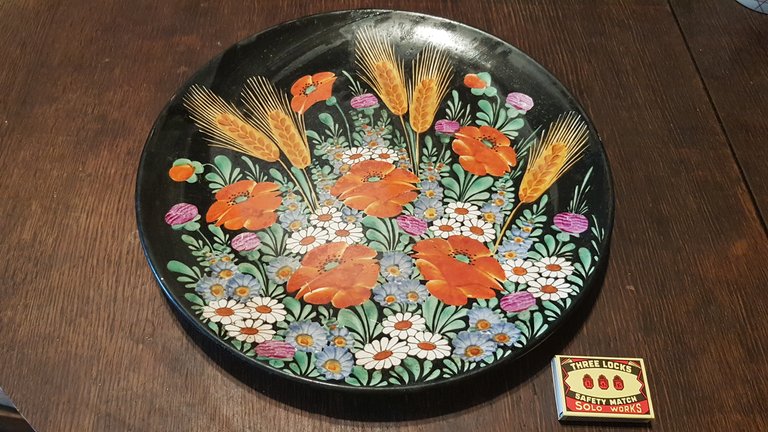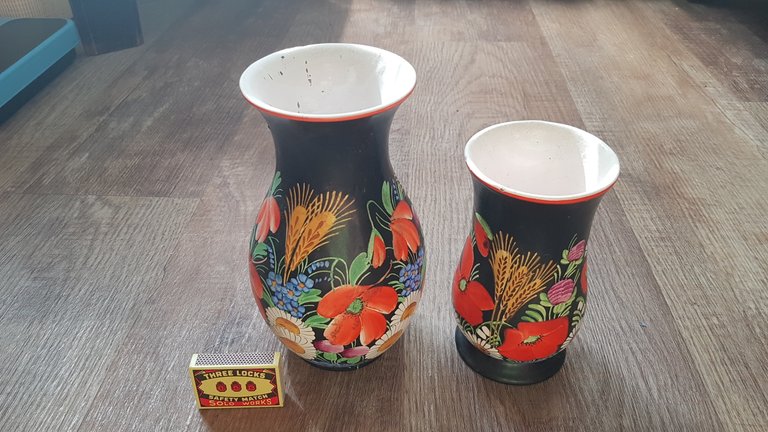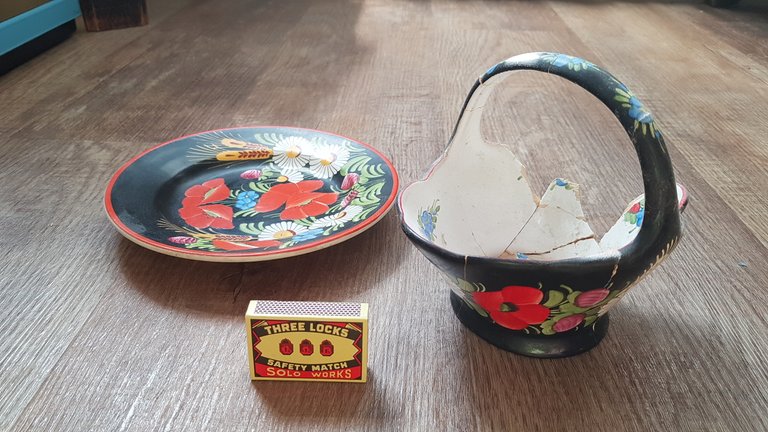
The Middle Ages were not as black and white as they are taught in schools. There were feudal lords and peasants, plus church dignitaries. Then there were the bourgeoisie, but they didn't really belong there and later made the bourgeois revolution. There's not much more a schoolboy will learn.
In fact, there were other population groups in the Middle Ages who did not fit into this scheme. One of those groups were the Chods.
Chods are documented in written sources from the 13th century. But since when they actually guarded the border is unknown. There are many theories.

Bohemia is bordered in the west and north by mountains. Several forested passes led through these mountains in the Middle Ages. At each pass there was a system of guardians. These guardians were called Chods, from the word "chodit" - "walk".
The role of the Chod was to guard the pass. In this case, the Všerub Pass (512 meters above sea level). If an enemy appeared, the Chod were to inform the prince/king and conduct a holding struggle to give the monarch time to gather his troops.
There were never more than 300 adult men. What can 300 men do against an army?
Three hundred men with battle axes (halberds) and fighting dogs on a narrow path in the mountains, which was lined with either rocks or trees. They built obstacles, roadblocks, which they defended with bows and crossbows. They could resist for weeks.
When the enemy fought their way into the open countryside, the Chods retreated to their villages. Each village was built like a fortress. Every farm in the village was a fortress. Every house on the farm was a fortress. Every room in the house was a fortress. No enemy is known to have ever attacked a Chods´ village.

During the 17th century, however, armaments and the organisation of armies changed. The frontier forests were partially cleared and the passes widened. The existence of the Chods became meaningless. At the end of the 17th century, after a failed rebellion, they became serfs.

The other Chod settlements have disappeared. The Chodas around the Všerubský Pass remained. They have preserved their special costume, dialect and customs. One part of my family comes from Chodsko. That's why I had the idea to collect all the Chod pottery I have at home and write this story.

To give you an idea of the size, I attached a matchbox measuring 5.5 x 3.8 x 1 cm to each piece of pottery. Note the broken basket. It fell out of my grandmother's hand, out of my mother's hand, and now it has fallen out of my wife's hand. That basket has the bad luck of its own. But the men in our family still glue it together.

Chodové a chodská keramika
Středověk nebyl tak černobílý, jak se učí ve školách. Existovali feudálové a sedláci a církevní hodnostáři. Pak tu byla buržoazie, která tam ale moc nepatřila a později provedla buržoazní revoluci. Víc se toho školák asi nenaučí.
Ve skutečnosti existovaly ve středověku další skupiny obyvatelstva, kteří do uvedeného schématu nezapadaly. Jednou z těch skupin byli Chodové.
Chodové jsou doloženi v písemných pramenech ze 13.století. Ale od kdy skutečně střežili hranici, to se neví. Teorií je mnoho.
Čechy jsou ohraničeny na západě a severu horami. Skrz tyto hory vedlo ve středověku několik zalesněných průsmyků. U každého průsmysku existoval systém ochránců. Tito strážci se nazývali Chodové od slova chodit.
Úkolem Chodů bylo střežit průsmyk. V tomto případě Všerubský průsmyk (512 m n. m.). Pokud se objevil nepřítel, měli Chodové za úkol informovat knížete/krále a vést boj na zdrženou, aby měl panovník čas shromáždit vojsko.
Chodů nebylo nikdy víc než 300 dospělých můžů. (Asociace na bitvu u Thermophyl.) Co zmůže 300 mužů proti vojsku?
Tři sta mužů s bojovými sekerami (halapartnami) a bojovými psy na úzké stezce v horách, která byla lemována buď kameny, nebo stromy. Stavěli překážky, zátarasy, které bránili luky a kušemi. Dokázali odolávat celé týdny.
Když se nepřítel probojoval do otevřené krajiny, stáhli se Chodové do svých vesnic. Každá vesnice byla zbudována jako pevnost. Každý statek ve vesnici byl pevností. Každý dům na statku byl pevnost. Každá místnost v domě byla pevností. Není známo, že by nepřítel někdy zaútočil na chodskou vesnici.
V průběhu 17. století se však změnila výzbroj a organizace armád. Hraniční lesy byly částečně vykáceny a průsmyky rozšířeny. Existence Chodů ztratila smysl. Na konci 17. století se z nich po neúspěšném povstání/rebélii (2 mrtví) stali nevolníci.
Ostatní chodské újezdy zanikly. Chodové kolem Všerubského průsmyku zůstali. Uchovali si zvláštní kroj, nářečí, zvyky. Jedna číást mé rodiny pochází z Chodska. Proto mě napadlo shromáždit všechnu chodskou keramiku, kterou mám doma, a napsat tohle povídání.
Každý, kdo přiloží fotografii vlastněné chodské keramiky, dostane ode mě na svůj komentář 100% upvote.

